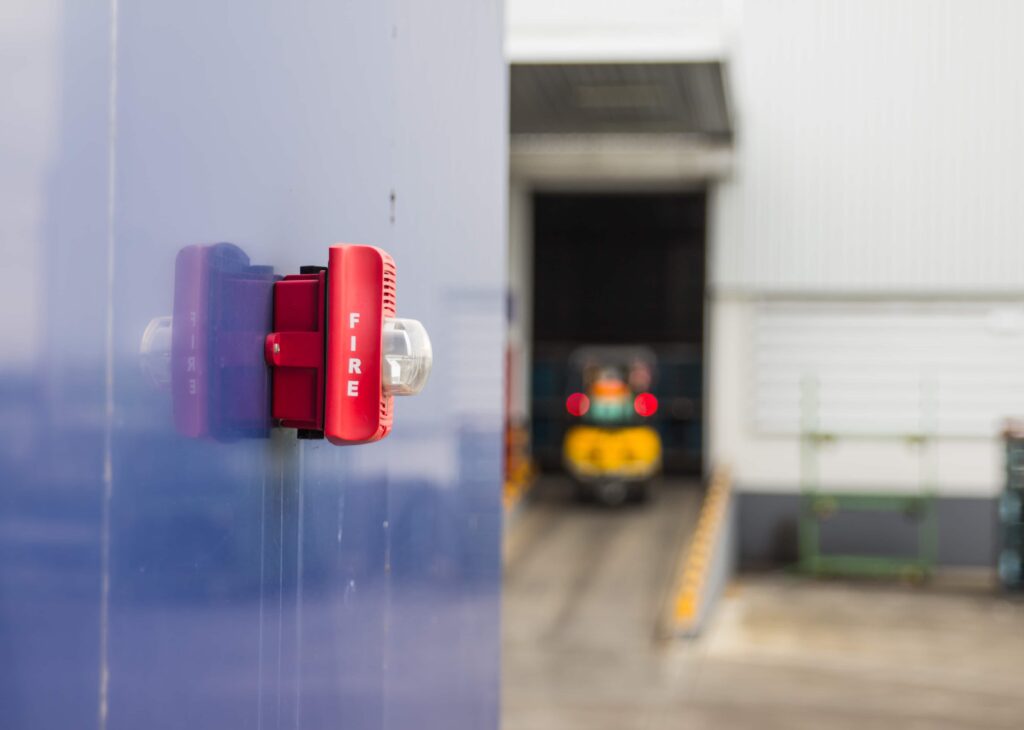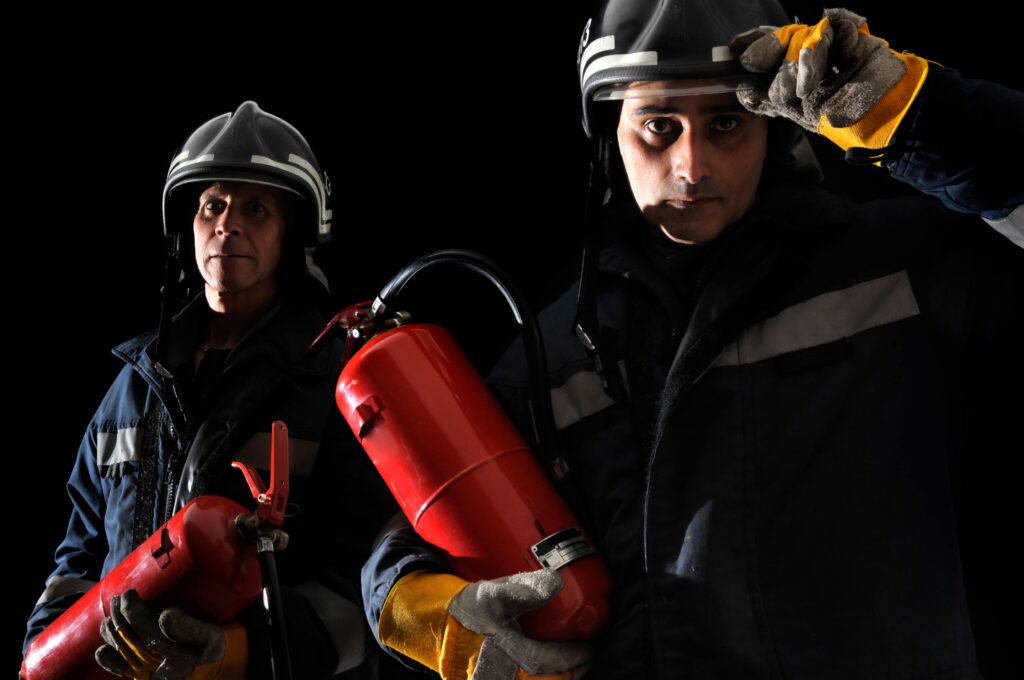Fire watching refers to manually monitoring property that is at risk of experiencing fire incidents. The watcher is required to ensure that should such an event occur, all the interested parties and relevant authorities are notified. Fire watching is closely controlled by Chapter 15 of the National Fire Protection Association regulations. Here is more on the specific requirements stipulated for property owners and fire watchers alike.
1. Monitoring of Automatic Systems
One of the most important fire watch requirements revolves around ensuring that property is secured with automated monitoring systems. This includes things like smoke detectors, fire alarms, and automatic fire extinguishing sprinklers.
As a property owner, manager or even renter, you have to regularly inspect these to ensure that they are in good condition. The number of times or regularity with which you have the inspections performed is determined by jurisdictional legislation. However, the more often you have them checked the better.
2. Active a Fire Watch if Systems Are Down for More Than 4 Hours
According to the National Fire Protection Association, a manual fire watch should be instituted if automated watch systems are determined to have failed for more than 4 hours. This could be anything from failed alarms to clogged piping in the sprinkler system.
As you plan to have the systems back up and running, you are required to have acting fire watching round the clock. This ensures that should anything happen while the repairs are being done, a fire will not catch residents unaware.
3. Continuous Patrol and Inspection for Signs of Fire
Another one of the most serious fire watch requirements is that those involved in the fire watch must run continuous patrols. It could be that you get a group together to do it or you decided to go the professional route and hire a fire watch company.
Whatever the case, the National Fire Protection Association requires that the patrols be maintained until the other systems are completely repaired. The aim is to look for any warning signs of fire whether it is smoke, smoldering materials, or straight up fire.
This requirement is particularly important to implement on what the association refers to as hot sites. These are properties that, either due to their location or nature of activities performed there, are at higher risk of suffering fire incidents. Factories are the best example here. With these, the continuous patrol of every square foot of the property is paramount.
4. Must Remain in Effect Until Automatic Systems are Restored
Finally, the National Fire Protection Association requires that the fire watch patrols be maintained until all the automated systems are fully restored. It doesn’t matter whether it takes hours or weeks to do this. Once proper authorities have done their inspection of the systems and certified them as functional, you are free to call off the constant watch if you wish to.
Conclusion
After all is said and done, fire watchers are a real investment to any property. It doesn’t matter whether you are running a hot site at risk of fire or your automated systems happened to have failed. It is important to understand and comply with the regulations and fire watch requirements according to the National Fire Protection Association. This helps you stay on the right side of the law while also protecting your investment and saving lives.

